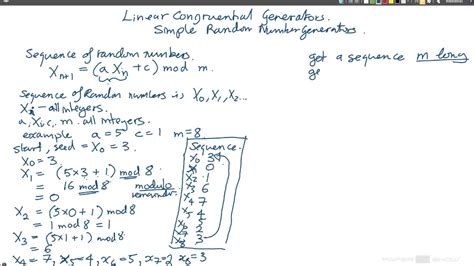The randomness of the hash blocks Ethereum: including the -Source code and hardware hypotheses
Ethereum, one of the larger and used decentralized applications (APPS) on the blockchain, depends on block hash to protect the net and control transactions. However, the question remains if these blocks of blocks are really 100% random or if pseudo-randi are generated in order to software.
Understanding the generation of blocks with blocks in Ethereum
In Ethereum, every time a new block is extracted, includes the hash of the previous block, as well as some additional information to guarantee its validity and safety. This process creates a “hashe chain” used to control transactions and guarantee the integrity of the blockchain. To generate these hash in bulk, the Ethereum developers use the “DSHA256” algorithm, which is based on the hash hash-236 hash hash (hash hash 256).
The DSHA256 algorithm uses a constant combination of mathematics and random numbers to create a pseudo-aeleat sequence that seems to be really random. However, it is essential to understand how this process works:
- Block creation : a new block is created with your transaction data set.
- hash Calculation: the block hash is calculated using the SHA-236 algorithm.
- Generation of random numbers : To add an additional level of randomness, Ethereum developers use pseudo-feet numbers (CSPRN) encrypted to generate 32 casual bytes. These bytes are therefore used as input at the DSHA256 algorithm.
- hash Calculation: the generated block hash is calculated using the DSHA256 algorithm with the input of passage 3.
Hardware and Pseudo-Redomness hypothesis

While Ethereum developers use CSPRNNGS to generate pseudo-Aloori numbers, it is essential to understand that these pseudorandol processes are designed for specific cryptographic applications, not to generate truly random sequences. Block hash resulting from Ethereum are still deterministic and based on the same mathematical algorithm used for the Sha-236 hash function.
In other words, the blocks with blocks generated by Ethereum are pseudo-anatari, which means that they seem to be distributed randomly, but in reality they are based on a predetermined set of input values (the 32 random bytes). This means that you cannot trust these hash blocks to generate truly random numbers or sequences without context or additional information.
Conclusion
In conclusion, while the process of generation of ESH of Ethreum Block seems to produce pseudo-elected data, it is still based on deterministic algorithms and generators of polite-aleat pseudo-aeleat. Although resulting block hash may seem really random, they are based on a predetermined set of input values and constant mathematicians.
To generate 100% random numbers or sequences without context or additional information, it is necessary to use a source of randomness that does not depend on the same algorithms used in the process of generation of the hash of the Ethereum block. This includes randomness sources based on hardware such as thermal noise or other physical phenomena.
In short, although Ethereum block hash are pseudo-Azzarari and seem really random, they can only be invoked in specific contexts or applications that do not require a high degree of randomness or unpredictability.

